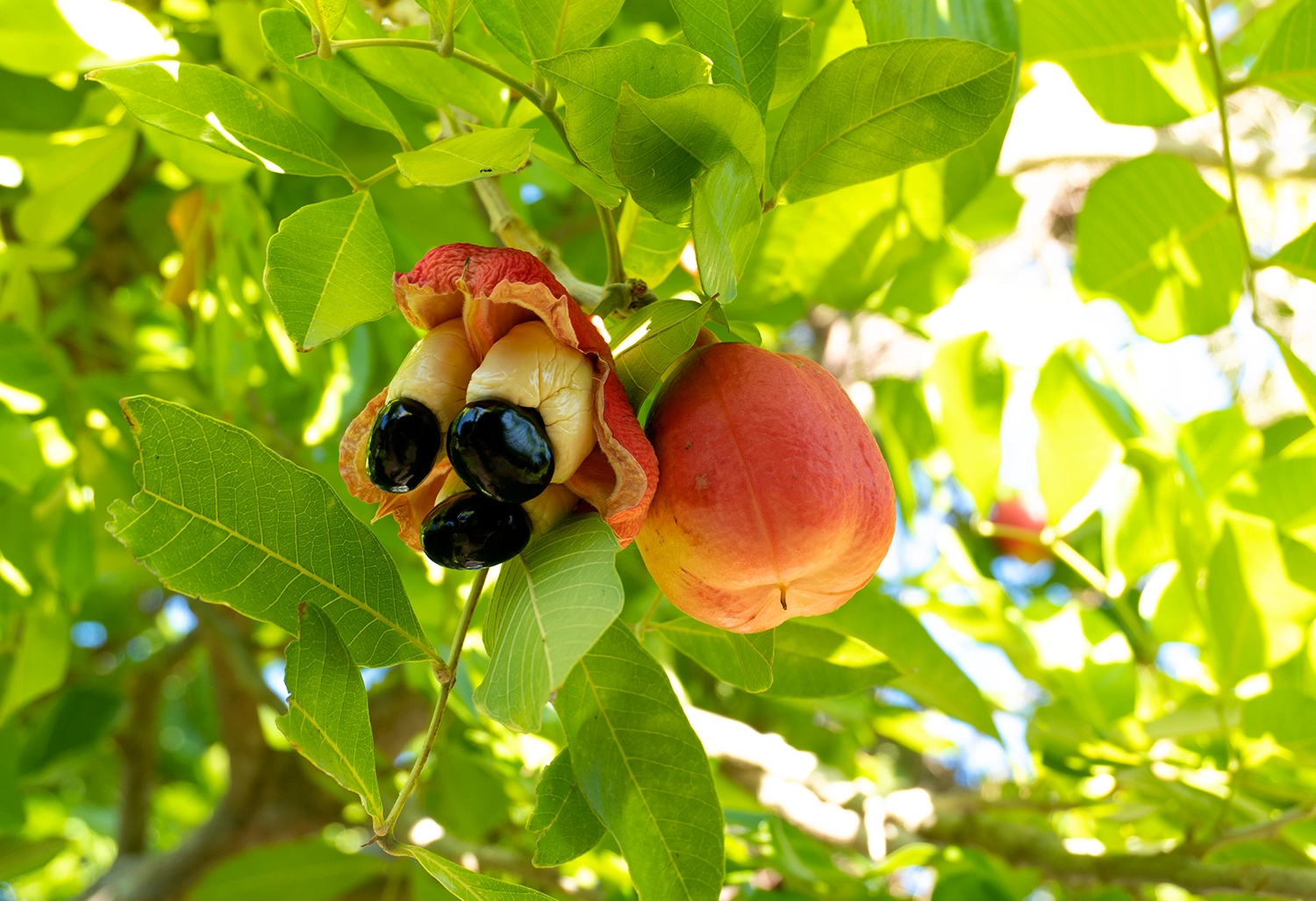Ackee, scientific name Blighia sapida, is an evergreen tree of the sapindaceae family which was introduced to Jamaica and the rest of the America’s from west Africa where it originated. It is a woody plant with a mid-sized trunk and branches that starts from a low base to form a dense canopy that can reach over 40 feet high. The leaves are of a pinnately type and are shed and replenished before the tree flower and bear its signature ackee fruit.
Phylum: Flowering (Polygamous)
Genus: Blighia
Family: Sapindaceae/soapberry
Ackee fruit is a typically 7cm by 5cm spongy pod containing three seeds (in rare cases can be two are up to five) attached to a creamy textured and coloured aril. The pods are green in their early stages and take on a red and yellow tone when matured. In their ripen stage the pods open in three parts revealing the seeds and aril inside. The fruit consists of three main parts: the pod, seed, and the aril. Ackee is not just another fruit in Jamaica it is in fact the national fruit of the island where it is widely available, cooked and consumed. The practice of eating ackee in Jamaica as a long history which is not the case anywhere else in the world. This practice has been introduced to the world and visitors can enjoy a special Jamaican dish of ackee and saltfish. This is a healthy traditional low budget dish with a premium taste.
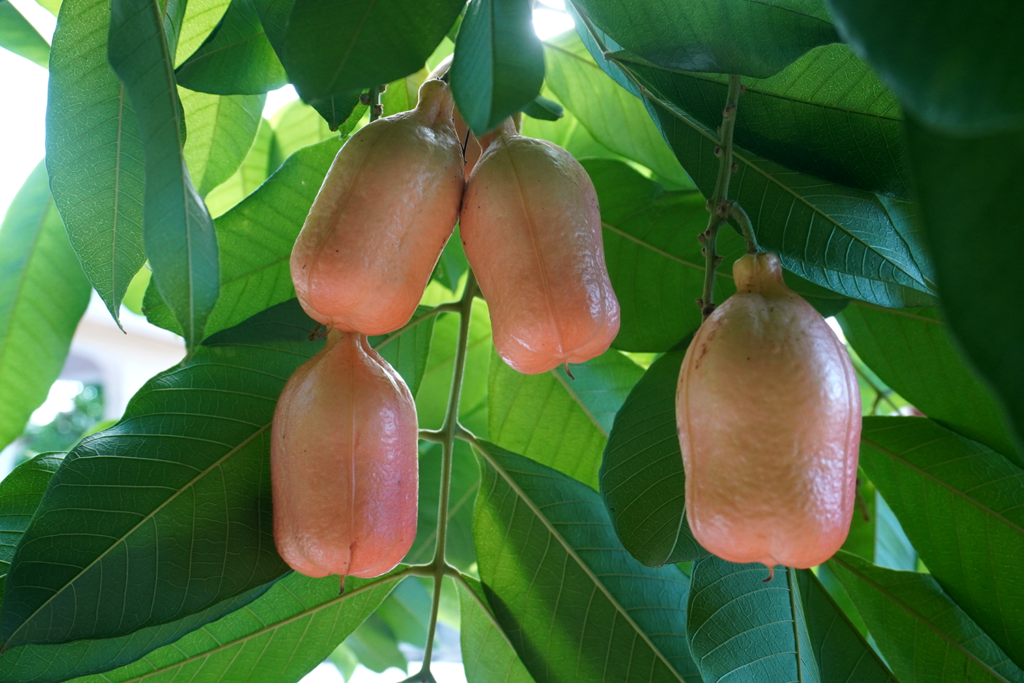
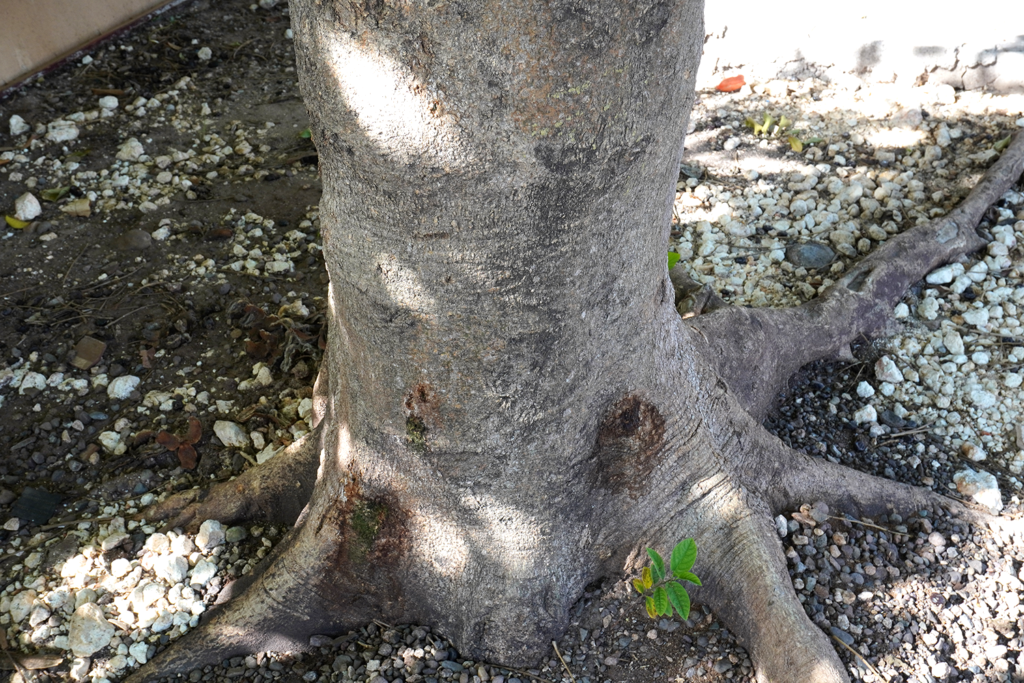
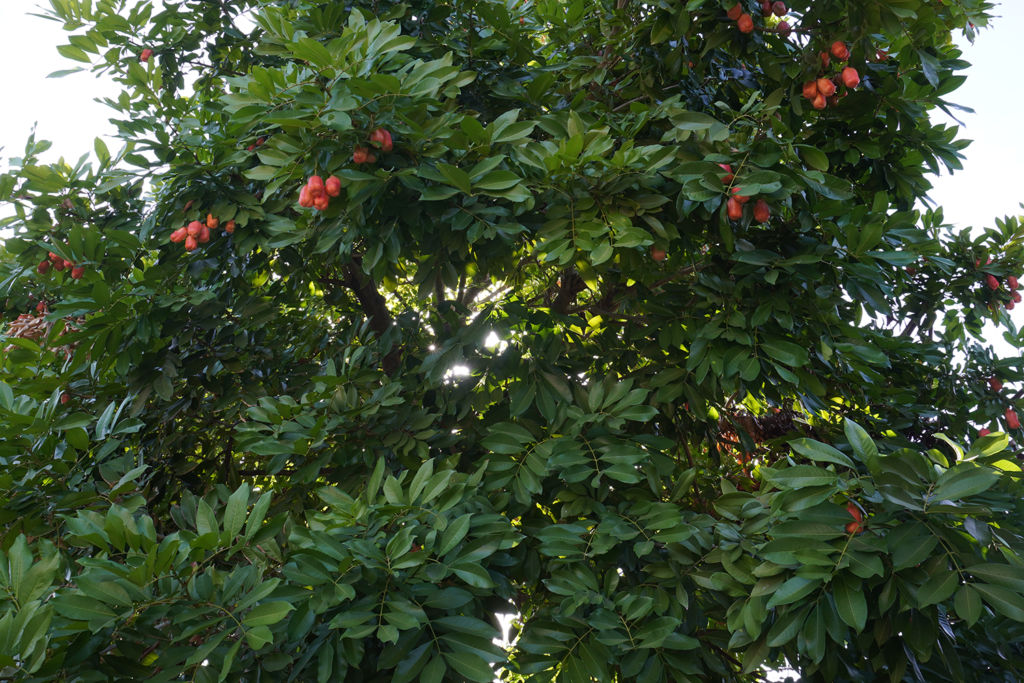
Ackee is prepared for consumption by extracting the aril which is the edible portion from the rest of the fruit. It is then boiled, and the water drained. Boiling and draining the water also serves the purpose of diffusing the toxin (hypoglycin) level in the fruit. The remaining aril is then further simmered with select seasoning.
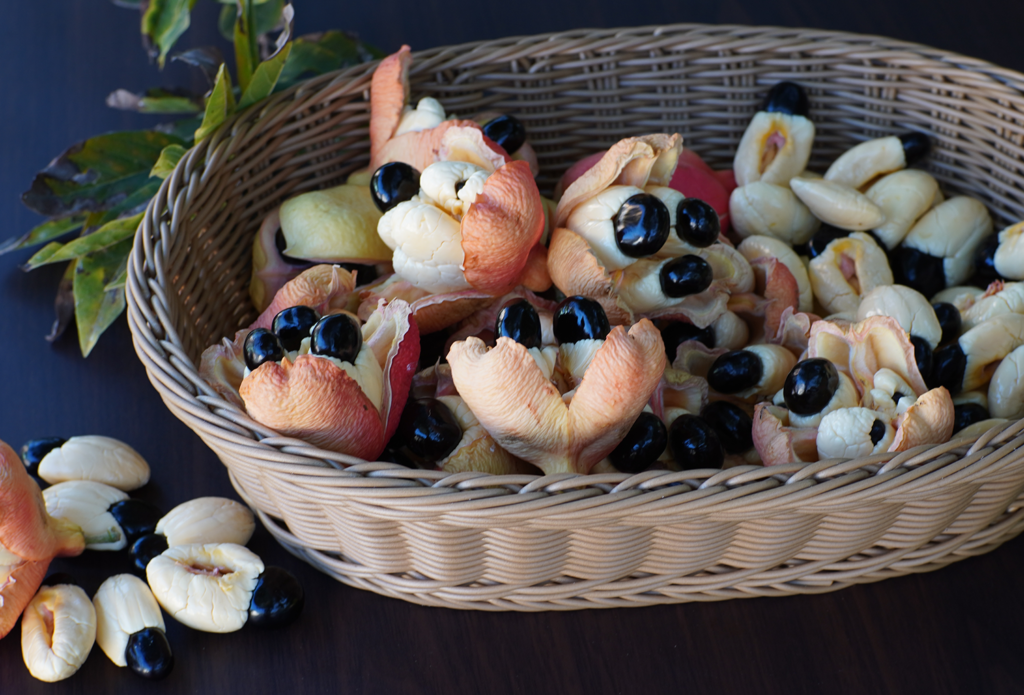
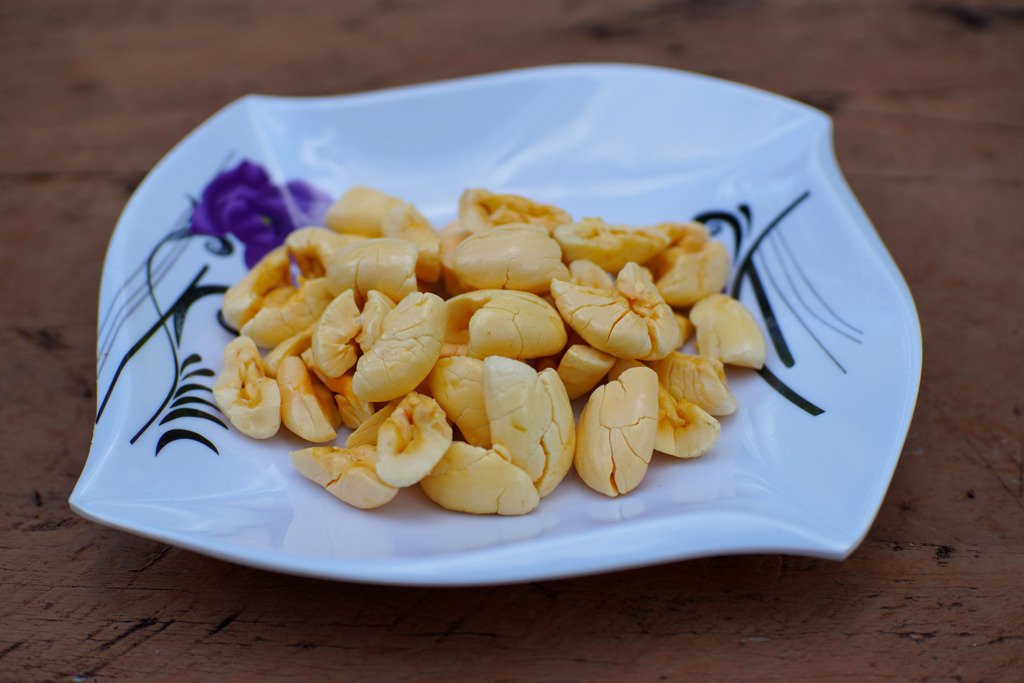
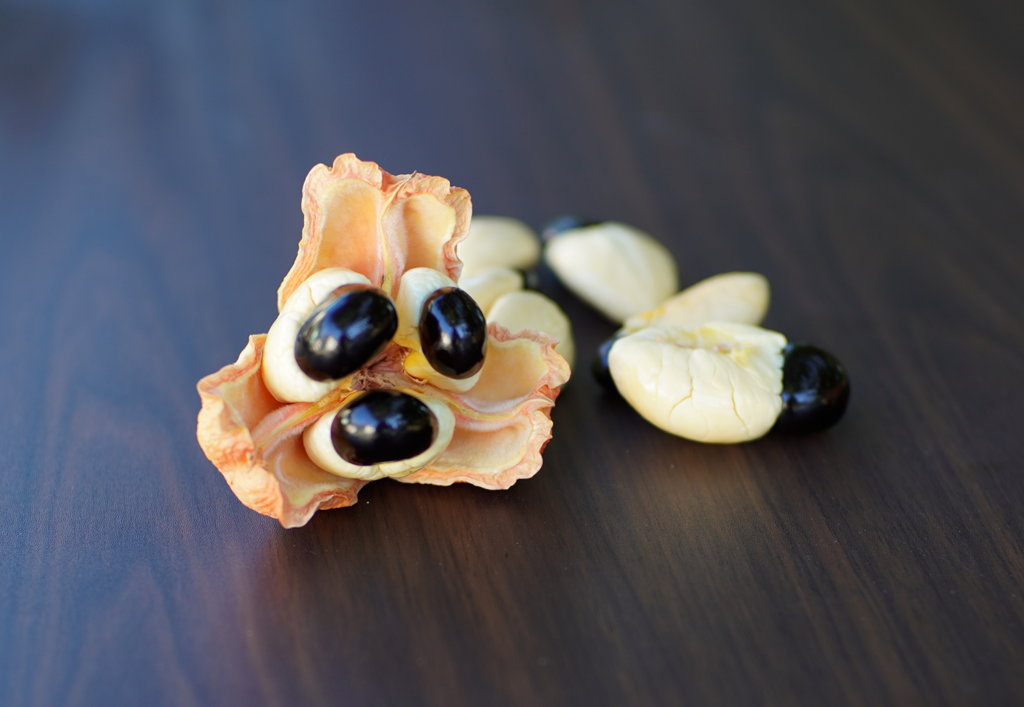
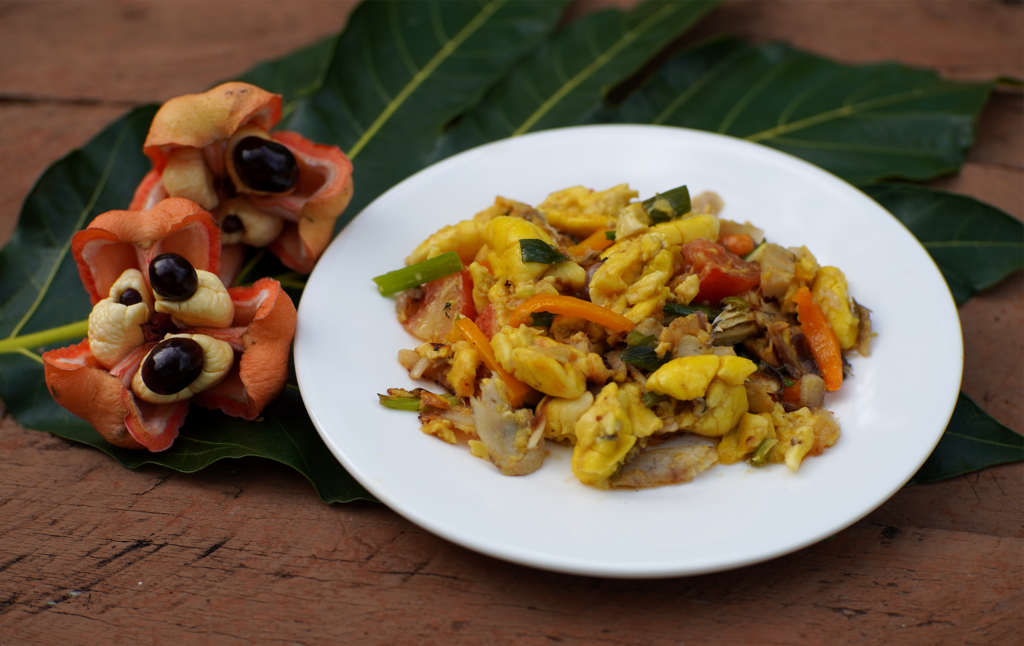
It is however important to take note of one very important fact before consuming ackee. It contains hypoglycin which is a toxin that can cause what is known as Jamaica sickness. The symptoms include vomiting, abdominal pains and diarrhea. It can also cause seizures and death in severe cases. To avoid these ill effects one must avoid consuming unripen ackee. The harmful compound, hypoglycin, is concentrated at dangerously high levels in the unripen fruit. The levels fall to negligible levels when the fruit is ripe. The concentration of hypoglycin in the ripen ackee is in fact lower than that found in some other fruits that are commonly eaten raw. This coupled with the fact that ackee is cooked before eating, makes ackee safe to eat when prepared along these guidelines.

